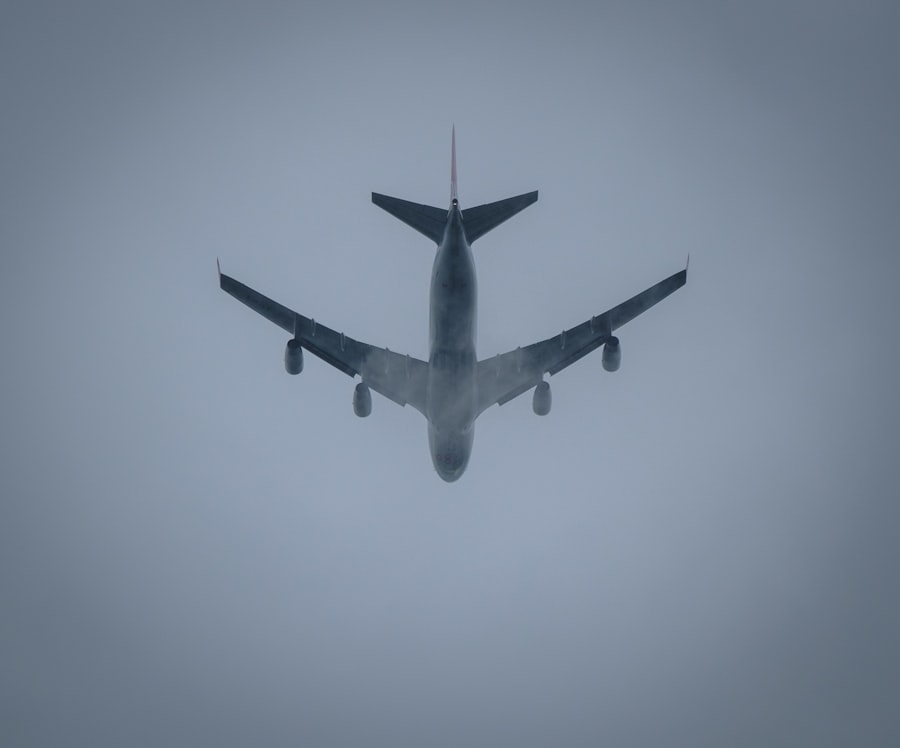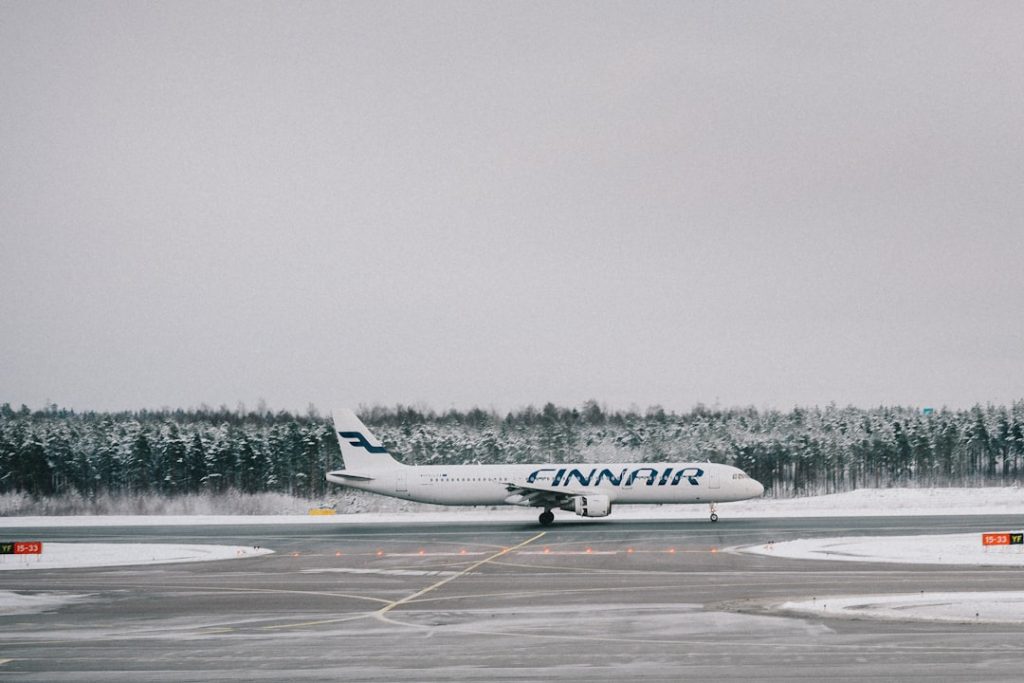The initial purchase price of an aircraft is often the most significant financial consideration for prospective buyers. This cost can vary dramatically based on several factors, including the type of aircraft, its age, condition, and the manufacturer. For instance, a brand-new private jet can range from a few million dollars to over $100 million, depending on its size and capabilities.
In contrast, a used single-engine propeller plane might be available for as little as $15,000 to $100,000. Buyers must conduct thorough research to understand the market and identify the best options that fit their budget and operational needs. In addition to the base price of the aircraft, potential owners should also factor in additional costs associated with the purchase.
These can include sales tax, registration fees, and any necessary modifications or upgrades to meet specific operational requirements. For example, if a buyer is considering a used aircraft that requires avionics upgrades or interior refurbishments, these costs can add significantly to the initial investment. Furthermore, buyers should be aware of the potential for hidden costs, such as pre-purchase inspections or necessary repairs that may not be immediately apparent.
Engaging with experienced brokers or consultants can help mitigate these risks and ensure a more informed purchasing decision.
Key Takeaways
- Initial Purchase Price: Consider the upfront cost of the aircraft, including any additional features or upgrades.
- Maintenance and Repairs: Factor in the ongoing expenses for regular maintenance and unexpected repairs.
- Fuel and Operating Costs: Estimate the fuel consumption and other operating expenses based on your usage.
- Insurance: Research the cost of insuring the aircraft, taking into account factors like coverage and deductibles.
- Hangar or Storage Fees: Budget for the cost of storing the aircraft when not in use, whether in a hangar or other facility.
Maintenance and Repairs
Once an aircraft is acquired, ongoing maintenance and repair costs become a critical aspect of ownership. Regular maintenance is not only essential for safety but also for compliance with aviation regulations. The Federal Aviation Administration (FAA) mandates specific maintenance schedules based on flight hours and calendar time, which can lead to significant expenses over time.
For example, a light jet may require routine inspections every 100 flight hours, while larger aircraft may have more complex maintenance needs that necessitate more frequent checks and repairs. In addition to scheduled maintenance, unexpected repairs can arise due to wear and tear or unforeseen mechanical issues. The cost of these repairs can vary widely depending on the nature of the problem and the aircraft’s complexity.
For instance, replacing an engine can cost hundreds of thousands of dollars, while minor repairs might only require a few thousand. Owners should also consider the costs associated with parts and labor, which can fluctuate based on market conditions and availability. Establishing a maintenance reserve fund is a prudent strategy for managing these expenses, allowing owners to set aside funds specifically for future maintenance needs.
Fuel and Operating Costs

Fuel costs represent one of the most significant ongoing expenses associated with aircraft ownership. The price of aviation fuel can vary based on location, market conditions, and the type of fuel required by the aircraft. For example, jet fuel prices can fluctuate dramatically based on global oil prices, while avgas (aviation gasoline) may have different pricing dynamics.
A mid-sized jet might consume around 200 gallons of fuel per hour, leading to substantial costs during longer flights. Owners must carefully calculate their expected flight hours and fuel consumption to budget appropriately for this essential expense. In addition to fuel costs, other operating expenses must be considered.
These include costs related to landing fees, airport charges, and navigation fees that can accumulate during travel. For instance, landing fees at major airports can range from a few hundred to several thousand dollars, depending on the airport’s size and traffic volume. Additionally, owners should account for costs associated with ground handling services, which may include baggage handling, catering, and other services that enhance the passenger experience.
By understanding these various operating costs, owners can better manage their budgets and make informed decisions about their flying habits.
Insurance
| Insurance Type | Number of Policies | Claims Filed | Customer Satisfaction |
|---|---|---|---|
| Life Insurance | 500,000 | 10,000 | 90% |
| Health Insurance | 1,000,000 | 25,000 | 85% |
| Auto Insurance | 2,000,000 | 50,000 | 88% |
Insurance is another critical component of aircraft ownership that cannot be overlooked. The cost of insuring an aircraft depends on several factors, including its value, type, usage, and the pilot’s experience level. For example, a high-value business jet will typically incur higher insurance premiums than a smaller recreational aircraft due to the increased risk associated with its operation.
Additionally, insurance policies may vary in coverage options; some may include liability coverage for passengers and third parties, while others may focus solely on hull coverage for damage to the aircraft itself. Moreover, owners should be aware that insurance premiums can fluctuate based on claims history and market conditions. A pilot with a clean flying record may benefit from lower premiums compared to one with multiple claims or incidents.
Furthermore, as regulations evolve and new risks emerge—such as cybersecurity threats—insurance providers may adjust their policies and pricing structures accordingly. It is advisable for owners to regularly review their insurance coverage to ensure it aligns with their current needs and provides adequate protection against potential liabilities.
Hangar or Storage Fees
The decision regarding where to store an aircraft is another significant consideration for owners. Hangar or storage fees can vary widely based on location, facility quality, and available amenities. In metropolitan areas or regions with high demand for hangar space, fees can be exorbitant—sometimes exceeding $1,500 per month for a standard hangar.
Conversely, in rural areas or less congested airports, storage fees may be considerably lower. Owners must weigh these costs against their flying frequency and convenience needs when deciding on storage options. Additionally, owners should consider the benefits of hangar storage versus outdoor tie-downs.
While outdoor storage may be less expensive initially, it exposes the aircraft to environmental elements that can lead to accelerated wear and tear. Hangar storage provides protection from weather-related damage but comes at a premium cost. Furthermore, some hangars offer additional services such as maintenance support or security features that can enhance the overall ownership experience.
Evaluating these factors will help owners make informed decisions about their aircraft’s storage needs.
Pilot and Crew Salaries

For those who own larger aircraft or operate them for commercial purposes, hiring qualified pilots and crew members becomes an essential aspect of ownership. Salaries for pilots can vary significantly based on experience level, type of aircraft operated, and geographic location. For instance, a captain flying a large business jet may command an annual salary ranging from $100,000 to over $200,000, while first officers typically earn less but still represent a substantial expense for owners.
In addition to salaries, owners must also consider benefits packages for their crew members. This may include health insurance, retirement plans, and other perks that contribute to employee satisfaction and retention. Furthermore, training costs are another important consideration; pilots must undergo recurrent training and certification to maintain their qualifications.
These training programs can be costly but are essential for ensuring safety and compliance with aviation regulations. By budgeting appropriately for pilot and crew salaries as well as associated training costs, owners can ensure they have qualified personnel to operate their aircraft safely.
Depreciation
Depreciation is an often-overlooked aspect of aircraft ownership that can significantly impact an owner’s financial outlook over time. Like any asset, aircraft lose value as they age due to factors such as wear and tear, technological advancements in newer models, and market demand fluctuations. On average, an aircraft may depreciate by 5% to 10% annually during its first few years of operation; however, this rate can vary based on the specific model and market conditions.
Understanding depreciation is crucial for owners who may eventually sell their aircraft or trade it in for a newer model. Accurate assessments of an aircraft’s value at any given time require careful consideration of its condition, maintenance history, and market trends. Owners should also be aware that certain modifications or upgrades—such as new avionics or interior refurbishments—can positively influence resale value by enhancing the aircraft’s appeal in the marketplace.
By keeping meticulous records of maintenance and improvements made over time, owners can better position themselves when it comes time to sell or trade their aircraft.
Financing and Interest Costs
Financing options play a pivotal role in how individuals or businesses acquire aircraft. Many buyers opt for loans or leases to spread out the cost over time rather than making a full cash purchase upfront. Interest rates on these loans can vary based on factors such as creditworthiness, loan term length, and prevailing market conditions.
For instance, interest rates for aircraft financing might range from 3% to 7%, depending on these variables. In addition to interest payments themselves, buyers should also consider other financing-related costs such as origination fees or prepayment penalties that could arise if they choose to pay off their loan early. Understanding these nuances is essential for making informed financial decisions regarding aircraft ownership.
Moreover, potential buyers should explore various financing options available through banks specializing in aviation loans or alternative financing sources that may offer more favorable terms tailored to specific needs. By carefully evaluating all aspects of aircraft ownership—from initial purchase price through financing considerations—prospective buyers can make informed decisions that align with their financial goals while ensuring they are prepared for the ongoing responsibilities associated with owning an aircraft.


